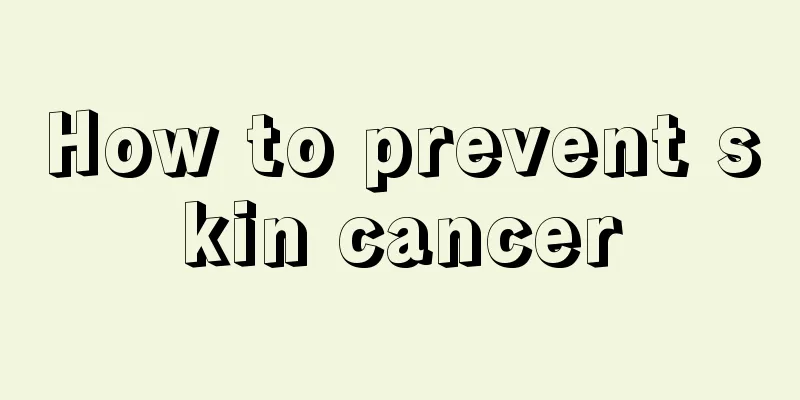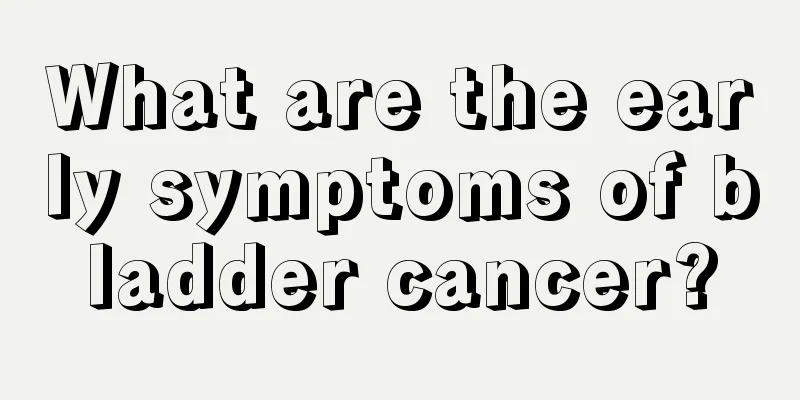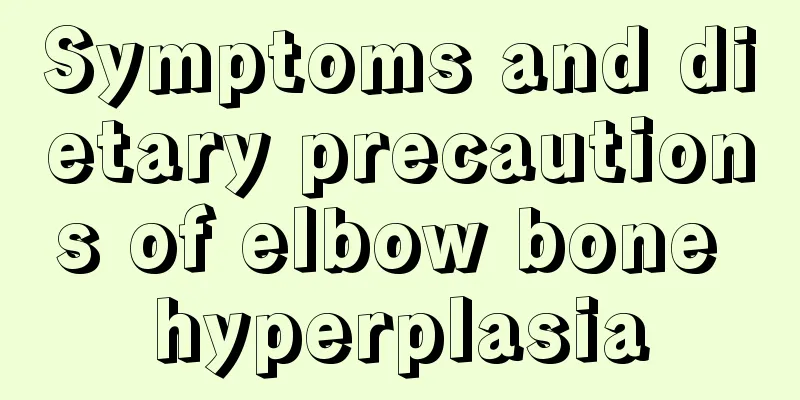How to treat bile duct stones

|
The seemingly difficult-to-pronounce term "bile duct stones" is actually one of the sad diseases. Although it is not an incurable disease, it can cause various discomforts in the body. But what are bile duct stones? How do we treat bile duct stones? Today we will introduce to you the treatment of bile duct stones. Treatment of extrahepatic bile duct stones Extrahepatic bile duct stones are still mainly treated with surgery. The principles of surgical treatment are: ① Remove as many stones as possible during the operation; ② Relieve bile duct stenosis and obstruction, and remove infected lesions; ③ Maintain unobstructed bile drainage after surgery to prevent recurrence of gallstones. Common surgical methods include the following: 1. Common bile duct lithotomy plus T-tube drainage: Suitable for patients with simple bile duct stones, unobstructed upper and lower ends of the bile duct, and no stenosis or other lesions. If accompanied by gallstones and cholecystitis, cholecystectomy can be performed at the same time. If conditions permit, intraoperative cholangiography, B-ultrasound examination or fiber choledochoscopy can be used to help reduce the rate of residual gallstones. If nonsurgical treatment is unsuccessful and symptoms recur or worsen, surgical treatment is required. 2. Choledochoenteric anastomosis: also known as biliary intestinal drainage. It is suitable for patients with ① common bile duct dilatation ≥ 2.5cm, obstructive lesions such as inflammatory stenosis at the lower end, and difficult to relieve by surgical methods, but the upper bile duct must be unobstructed without stenosis; ② patients with muddy stones that are difficult to remove, residual stones or recurrent stones. The commonly used procedure is Roux-en-Y bile duct jejunostomy. 3. Oddi sphincteroplasty: The indications are the same as those for choledochojejunostomy, especially for patients with mild common bile duct dilatation who are not suitable for choledochojejunostomy. 4. Minimally invasive gallbladder preservation and lithotomy: Indications: ① Suitable for single gallbladder stones; ② Multiple gallbladder stones; ③ Gallbladder stones with or without symptoms; ④ Gallbladder stones with repeated biliary colic attacks; ⑤ No stone encumbering; ⑥ Non-acute inflammatory stage; ⑦ Good bile radiolucency; ⑧ Gallbladder wall thickness 0.3~0.5cm; ⑨ Gallbladder contraction function ≥30% after a fatty meal; ⑩ Patients voluntarily request gallbladder preservation treatment. Intrahepatic bile duct stones The etiology of intrahepatic bile duct stones is complex, but it is related to factors such as intrahepatic infection, bile stasis, and biliary ascariasis. Intrahepatic bile duct stones are often combined with extrahepatic bile duct stones. In addition to the pathological changes of extrahepatic bile duct stones, there are also: ① Intrahepatic bile duct stenosis: Stenosis of the upper common hepatic duct and grade 1-2 hepatic duct is common, and the bile duct proximal to the stenosis is dilated. The dilated bile duct may be cystic, cylindrical, spindle-shaped, or even dumbbell-shaped, and is filled with pigmented stones and bile sludge; ② Cholangitis: It is mainly manifested as chronic hyperplasia or chronic granulomatous cholangitis, on which basis it is prone to acute infection and acute suppurative cholangitis; ③ Hepatobiliary carcinoma: The bile duct may become cancerous due to long-term stimulation by stones, inflammation, and carcinogens in the bile. When the clinical manifestations of intrahepatic bile duct stones are combined with extrahepatic bile duct stones, the clinical manifestations are similar to those of extrahepatic bile duct stones. Those without extrahepatic bile duct stones may be asymptomatic for many years or only experience pain and discomfort in the liver area, chest and back. If obstruction and secondary infection occur, chills or high fever may occur, and even symptoms of acute obstructive suppurative cholangitis may appear. Unless both bile ducts are obstructed or biliary cirrhosis is advanced, intrahepatic bile duct stones generally do not cause obvious jaundice. Intrahepatic bile duct stones with concurrent infection can easily cause biliary liver abscess, which can break through below the diaphragm and further break through the diaphragm and lungs to form a bile duct-bronchial fistula, causing coughing up of yellow, bitter, bile-like sputum. In the late stage, biliary cirrhosis may cause portal hypertension. The possibility of concurrent hepatobiliary carcinoma should be suspected in patients with a long medical history, frequent attacks of cholangitis in recent period, progressive jaundice, difficult to control abdominal pain and fever, and weight loss, especially those over 50 years old. The above is the relevant situation and some knowledge about bile duct stones that we introduced to you today. I hope it will be helpful to you. Biliary stones are not a difficult disease, but if delayed for too long, it will lead to serious physical illness and may cause various other problems. It is recommended that you pay more attention to your diet and your bowel movements. |
<<: What are the effects of dietary fiber on the human body
>>: What is sciatic foramen hernia
Recommend
Is it good to drink Isatis root regularly
Isatis root has a certain effect in preventing co...
What are the common measures to prevent bile duct cancer
Cholangiocarcinoma is more dangerous than pancrea...
Seven steps to improve the problem of long sitting for office workers
Office workers sit in front of computers to work ...
How to reduce facial swelling and redness due to allergies?
For some people with allergies, they are prone to...
Symptoms of hormone face that will appear after stopping hormones
Speaking of the formation of hormone face, it is ...
What should I do if the vaccination site becomes red and swollen
Many mothers have found that after taking their b...
How to treat ascites in late stage of liver cancer better? How to care for ascites in late stage of liver cancer
Liver cancer is a complex malignant tumor. Genera...
Benefits of facial acupuncture
When some people go to a beauty salon for a facia...
How to self-treat cervical spondylosis, different methods at different times
Cervical spondylosis causes great harm to the hum...
What tea should I drink for bloating?
In daily life, we all know that if we eat too muc...
Folk remedies for the treatment of late-stage acute lung cancer
For lung cancer patients after surgery, in additi...
What are eye bags
When it comes to the question of what are eye bag...
Datong Steam Room
Steaming is not only a leisure activity, but also...
Accessory breast removal scar
For female friends who love beauty, firm breasts ...
What happens if you take too much antipyretic medicine
If the number displayed when measuring body tempe...









